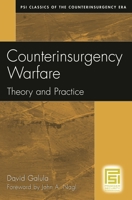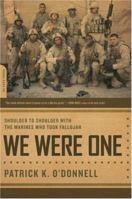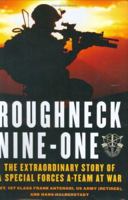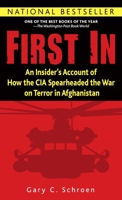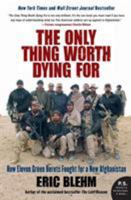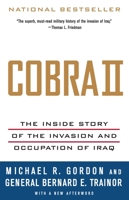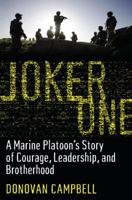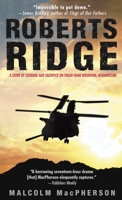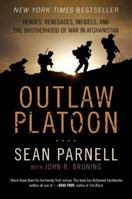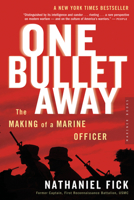Not a Good Day to Die
Select Format
Select Condition 
You Might Also Enjoy
Book Overview
Related Subjects
Afghanistan Asia History Intelligence & Espionage Military Modern (16th-21st Centuries) StrategyCustomer Reviews
Rated 5 starsGreat read!
Well written book that exposes the obstacles and frustrations of US soldiers trying to fight a war where their own government and military leader's selfishness and micro-managing left them fighting with one are tied behind their backs.
1Report
Rated 3 starsCousin is in it so its not quite fair to judge
The lack of any consideration of why we just had to be there without a formal war declared. We are undermining our own Constitutional process by using the AUMF and War Powers Act without changing our Constitution. Plus, its illegal and a violation of International law.
3Report
Rated 5 starsBest Insight into the current American wars
Not a Good Day to Die is a must read for anyone who wants to understand what we should really be focusing on to change in our current military if we want to stay relevant in a future that will almost certainly be marked by uncertainty. I am a Reserve Officer who just returned from Iraq and I couldn't believe how many of the lessons I had highlighted in Naylor's book, were still relevant on the ground in Iraq. My son sent...
0Report
Rated 5 starsA Good Book to Read
IF you liked the Mark Bowden's military thriller "Black Hawk Down," you'll not be disappointed by Army Times reporter Sean Naylor's "Not a Good Day to Die." The books are not only similar in style - both are superb accounts of heart-racing battlefield actions - but are eerily alike in many of the battles they describe. The 1993 street battles in MogadiShu, Somalia, and the March 2002 assault on hundreds of al Qaeda fighters...
3Report
Rated 5 starsAdhocacy Hell
Not a Good Day to Die is clearly the equal to the likes of Black Hawk Down, We Were Soldiers...Once and Young, and Thunder Run. The book is simply one of the finest accounts of modern combat that has ever been written. With that being said however, it is difficult, in a short narrative, to describe all of the troubling aspects about Operation Anaconda. The book illustrates, only too clearly, the fallacy of the term "unity...
3Report














